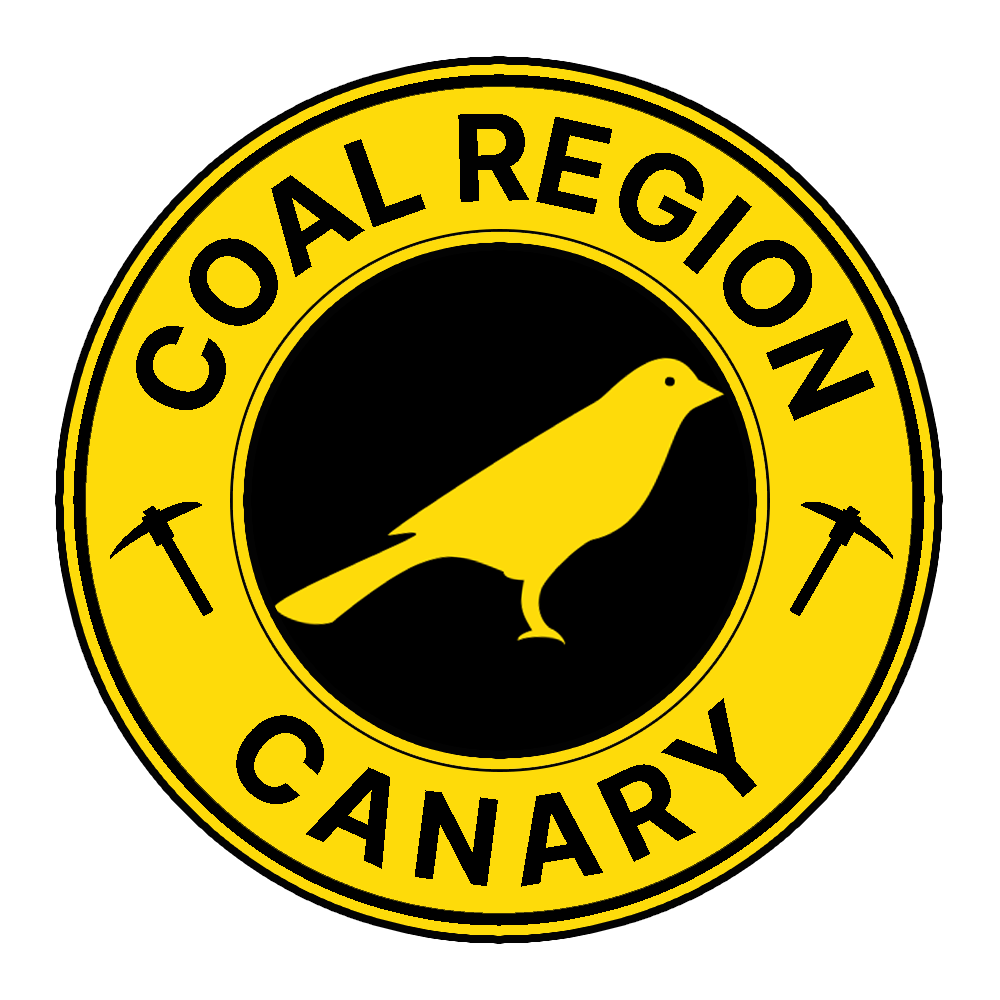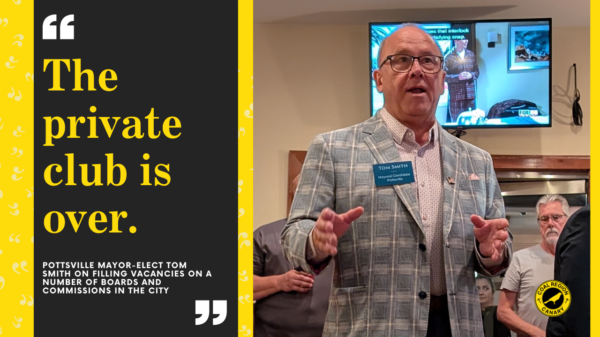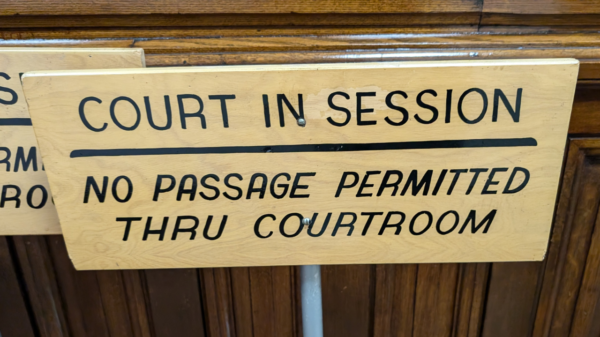You look around the Anthracite Coal Region today and there are some reminders of better days.
You’ve probably heard some crazy stories about life in Schuylkill County in these times.
Well, luckily a lot of people started writing those stories down. So, we dug through Amazon.com’s coffers of books and found some of the best books about the Pennsylvania Anthracite coal region.
Check these out:
The Best Books About the Pennsylvania Anthracite Coal Region on Amazon
Hear the Whistle Blowing
By J.R. Lindermuth
“Historian John Lindermuth surveys the history of railroading in the Coal Region of Pennsylvania from its earliest days to the introduction of diesel engines. Lindermuth covers railroad towns, daily life, working on the railroad, accidents, labor woes, innovations, and other topics.”
Early Coal Mining in the Anthracite Region
By John Stuart Richards
“Four distinct anthracite coal fields encompass an area of 1,700 square miles in the northeastern portion of Pennsylvania. In the late nineteenth and early twentieth centuries, underground coal mining was at its zenith and the work of miners was more grueling and dangerous than it is today. Faces blackened by coal and helmet lamps lit by fire are no longer parts of the everyday lives of miners in the region. Early Coal Mining in the Anthracite Region is a journey into a world that was once very familiar.”
Dirty Mines: The Last Generation of Anthracite Coal Miners
By John Fitzgerald
“DIRTY MINES is a historical novel about Anthracite coal mining in Pennsylvania during the 20th century. Specifically, it follows Cesar De’Angelo, who after his father was killed in the mines, was forced to join the industry when he was only ten years old. His first job was picking through coal in the freezing, windswept breakers. Cesar described his job as a door keeper sitting in the dark alone for 10 to 12 hours a day along with other dangerous jobs as he performed while becoming a coal miner.”
***
Pennsylvania’s Coal and Iron Police
By Spencer J Sadler
“Pennsylvania’s Coal and Iron Police ruled small patch towns and industrial cities for their coal and iron company bosses from 1865 to 1931. Armed with a gun and badge and backed by state legislation, the members of the private police force were granted power in a practically unspecified jurisdiction. Set in Pennsylvania’s anthracite and bituminous regions, including Luzerne, Schuylkill, Westmoreland, Beaver, Somerset, and Indiana Counties, at a time when labor disputes were deadly, the officers are the story behind American labor history’s high-profile events and attention-grabbing headlines. Paid to protect company property, their duties varied but unfortunately often resulted in strikebreaking, intimidation, and violence.”
***


The Kelayres Massacre: Politics & Murder in Pennsylvania’s Anthracite Coal Country
By Stephanie Hoover
“Politics in Kelayres turned deadly on November 5, 1934. When Republican boss Big Joe” Bruno sensed his grip on Pennsylvania’s anthracite coal region slipping away with the night’s election, he and a few family members opened fire on a peaceful Democratic parade passing Bruno’s home. The carnage was shocking–five men gunned down and nearly two dozen other victims wounded but alive. Convicted and sentenced to the Schuylkill County Prison, Bruno quickly escaped, allegedly with help from the guard.”
Remembering Lattimer: Labor, Migration, and Race in Pennsylvania Anthracite Country
By Paul A. Shackel
“On September 10, 1897, a group of 400 striking coal miners–workers of Polish, Slovak, and Lithuanian descent or origin–marched on Lattimer, Pennsylvania. There, law enforcement officers fired without warning into the protesters, killing nineteen miners and wounding thirty-eight others. The bloody day quickly faded into history. Paul A. Shackel confronts the legacies and lessons of the Lattimer event.”
***
The Face of Decline: The Pennsylvania Anthracite Region in the Twentieth Century
By Thomas Dublin and Walter Licht
“The anthracite coal region of Pennsylvania once prospered. Today, very little mining or industry remains, although residents have made valiant efforts to restore the fabric of their communities. In The Face of Decline, the noted historians Thomas Dublin and Walter Licht offer a sweeping history of this area over the course of the twentieth century.”
Subscribe to Coal Region Canary
Get email updates from Coal Region Canary by becoming a subscriber today. Just enter your email address below to get started!Support Coal Region Canary
Like our reporting and want to support truly local news in Schuylkill County? Your small donations help. For as little as $5, your contribution will allow us to cover more news that directly affects you. Consider donating today by hitting the big yellow button below ...








































